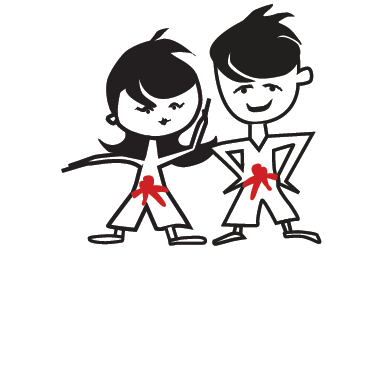
Judo fun for



Judo, which translates to “the gentle way” in Japanese, is a modern martial art and Olympic sport that emphasizes using technique and leverage over brute strength. It’s a unique blend of physical activity, mental strategy, and cultural tradition, offering both athletic challenge and personal growth.
Judo was created in 1882 by Jigoro Kano, a Japanese educator who sought to develop a system of self-defense that focused on skill rather than sheer power. Drawing from older forms of combat such as jujutsu, Kano refined the techniques to emphasize safety and sportsmanship. His goal was to create a martial art that not only taught self-defense but also fostered discipline, respect, and character.
The principles of judo reflect its philosophy:
Judo quickly gained popularity, becoming the first martial art included in the Olympics in 1964. Today, it’s practiced worldwide by millions of people.
Judo is much more than a physical contest—it’s often described as a “physical chess game” because of the strategy involved. Here’s a breakdown of how the sport works:
The aim of a judo match is to defeat your opponent by:
A perfect throw or decisive submission wins the match outright (called an ippon). Otherwise, competitors earn points for partial successes, and the judoka with the higher score at the end of the match wins.
Judo techniques fall into three main categories:
Throwing Techniques (Nage-waza): These are designed to off-balance and throw an opponent. Throws can range from sweeping their legs out from under them to lifting them completely off the ground.
Grappling Techniques (Katame-waza): These involve controlling your opponent on the ground through pins, joint locks, or chokeholds.
Striking Techniques (Atemi-waza): While not used in competitive judo, strikes are part of traditional judo and are sometimes practiced for self-defense.
Judo is designed with safety in mind. Practitioners, called judoka, wear a durable uniform (gi) and learn proper falling techniques (ukemi) to minimize injury. Respect is integral to judo, with rituals like bowing to the opponent and the mat showing humility and honor.
In competitions, judges award points based on how effectively a technique is executed:
Judo is more than a sport—it’s a way to develop physical and mental skills that last a lifetime:
Judo became an Olympic sport in 1964 during the Tokyo Games, a proud moment for Japan and the global judo community. Today, it remains a staple in international competition, with weight categories ensuring fair matches for all competitors.
Despite its powerful techniques, judo is rooted in the concept of using an opponent’s energy against them rather than meeting force with force. This approach not only reduces the need for physical strength but also highlights the elegance and intelligence behind the sport.